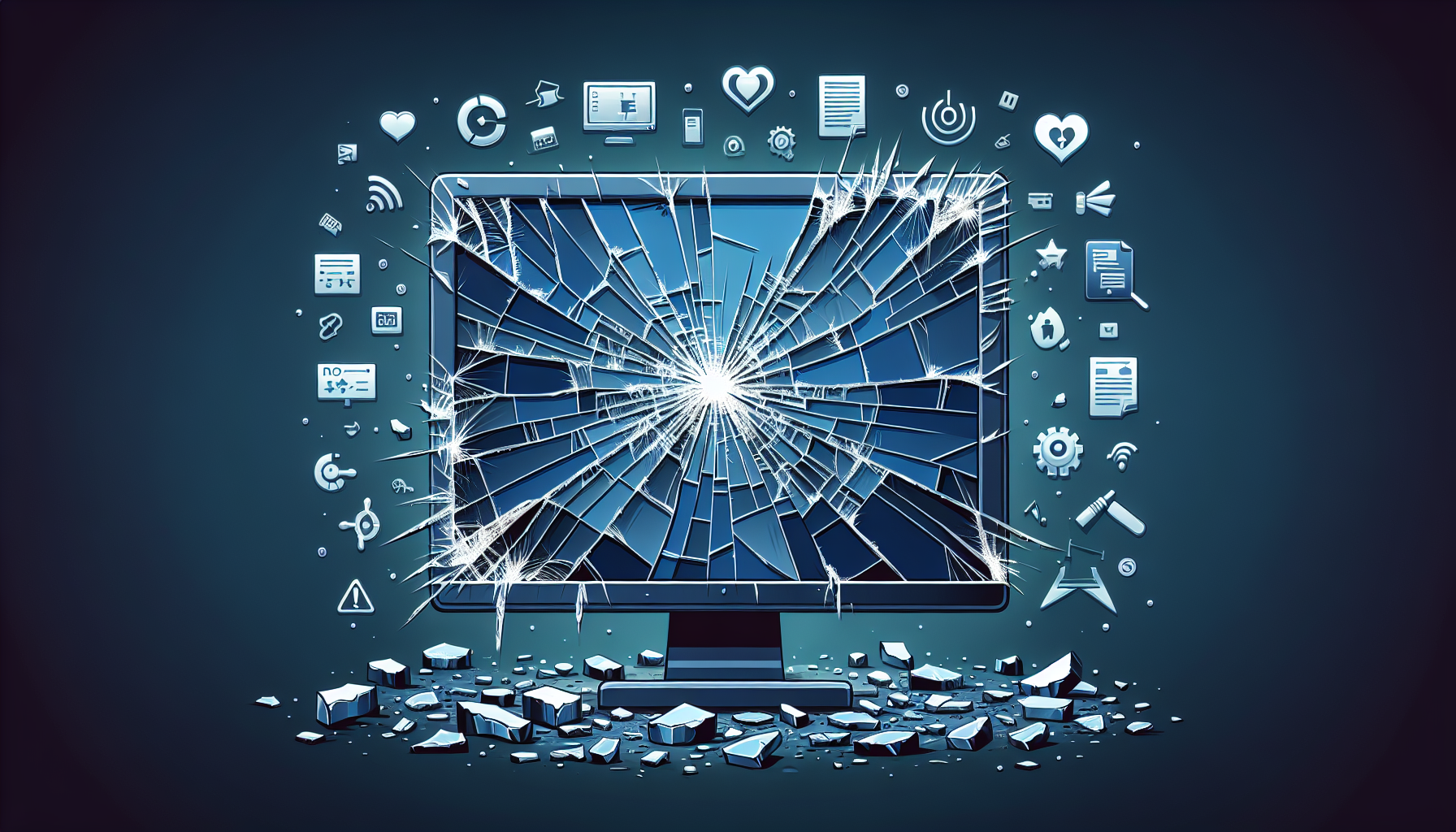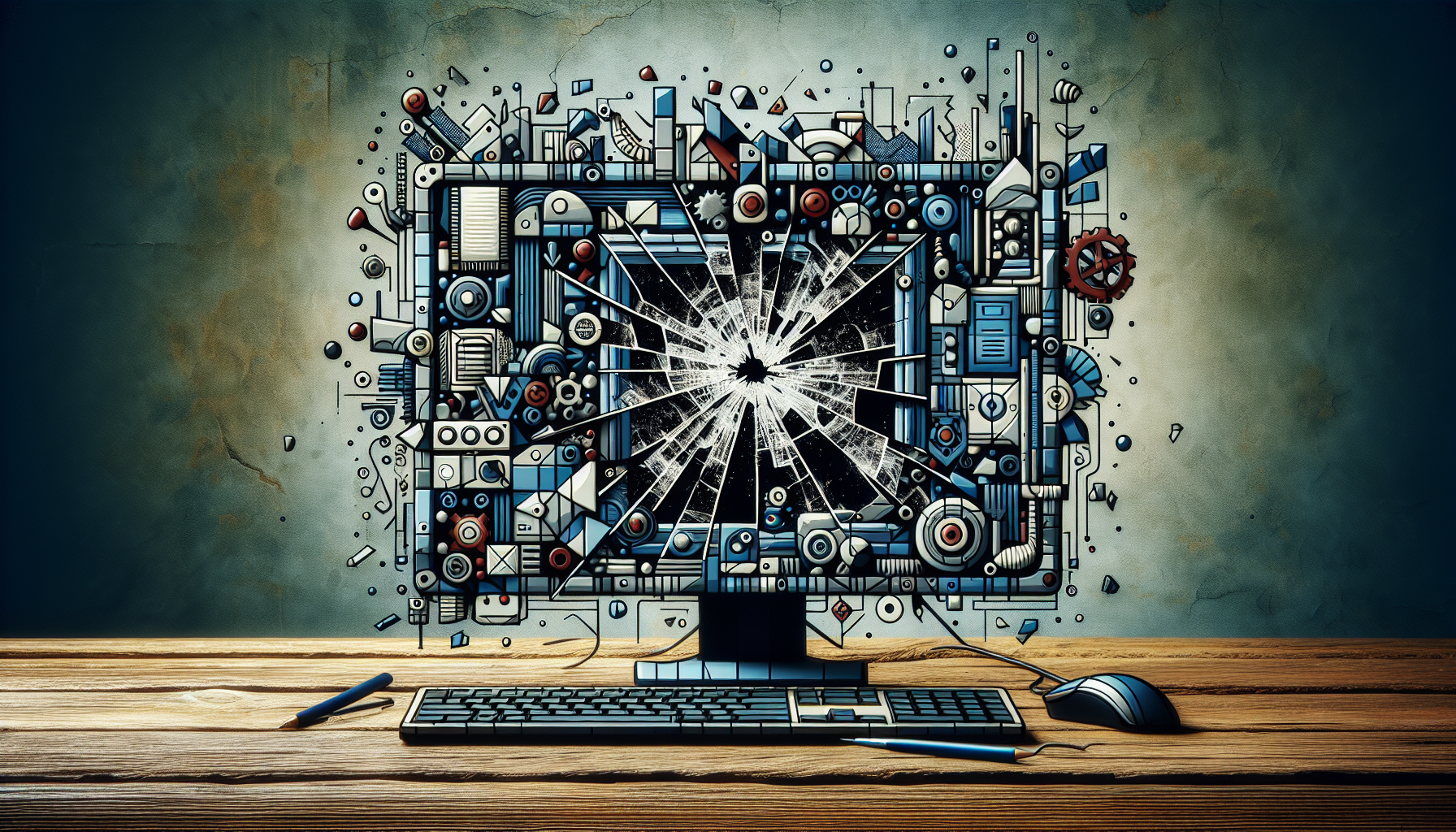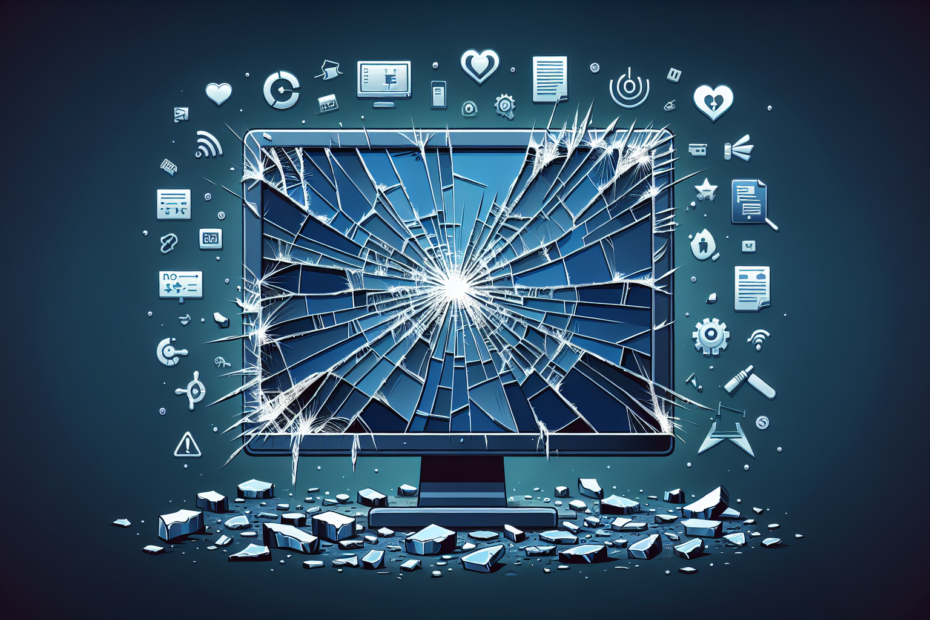

Are you curious about the potential drawbacks of using Windows 10 as your operating system? In this article, we will explore some of the disadvantages that users may encounter when using Windows 10. From compatibility issues with older software to privacy concerns and constant updates, we’ll examine the downsides to help you make an informed decision about using Windows 10.
Privacy Concerns
Data Collection and Tracking
Windows 10 has faced criticism regarding its data collection practices. The operating system collects various types of information, including personal data and browsing history. This data is used to improve user experience and provide personalized recommendations, but it raises concerns about privacy and potential misuse of sensitive information.
Cortana’s Integration
Cortana, the virtual assistant in Windows 10, has deep integration with the operating system. While it can be useful for performing tasks and providing helpful information, some users may feel uneasy about the level of access Cortana has to their personal data. This integration raises concerns about privacy and the potential for personal information to be shared without consent.
Intrusive Updates
Windows 10 introduced a new approach to updates, with automatic downloads and installations. While this can ensure that users have the latest security patches and improvements, it can also be intrusive and disruptive. Updates often require system restarts, interrupting work or causing inconvenience. This lack of control over updates can be frustrating for users.
Compatibility Issues
Software and Hardware Compatibility
When Upgrading to Windows 10, compatibility issues can arise with certain software and hardware. Some older programs or devices may not be fully compatible with the new operating system, leading to compatibility errors or functionality issues. This can be particularly problematic for users who rely on specific software or have specialized hardware requirements.
Legacy Support
Windows 10 significantly changed its underlying architecture compared to previous versions. As a result, certain legacy applications or features that were available in earlier versions may no longer be supported. This can be a concern for users who rely on older software or have specific workflows that depend on deprecated features.

Limited Control over Updates
Forced Updates
One of the drawbacks of Windows 10 is the lack of control over updates. Microsoft has moved towards a “Windows as a Service” model, where updates are automatically installed to ensure users have the latest features and security patches. However, this can be problematic for users who prefer to have more control over their system and when updates are applied.
Incompatibility with Older Software
Windows 10’s rapid release schedule and architectural changes can lead to compatibility issues with older software. Some programs may not be updated or maintained by their developers to be compatible with the latest version of Windows, leaving users with limited options. This can be frustrating for users who heavily rely on specific software that may not have a Windows 10-compatible version.
Performance and Resource Usage
System Resource Demands
Windows 10 can be demanding on system resources, particularly for older or less powerful machines. The operating system has higher minimum system requirements compared to previous versions, which can lead to slower performance or increased resource usage. This can be a concern for users with older devices who may experience a decrease in performance after upgrading to Windows 10.
Unstable Performance
Some users have reported experiencing performance issues with Windows 10, including crashes, freezes, or slow boot times. While these issues may not be widespread, they can be frustrating for affected users. The instability can disrupt productivity and result in a poor user experience.
Too Many Background Processes
Windows 10 is known for running numerous background processes, which can consume system resources and impact performance. These processes, such as Windows Update and Cortana, can run continuously and utilize CPU and memory resources. This can lead to slower performance and slower task execution, particularly on devices with limited resources or older hardware.

Advertising and Bloatware
Pre-installed Apps and Promotional Content
Windows 10 comes with pre-installed apps and promotional content, which some users may consider as bloatware. These apps and content can take up valuable disk space and clutter the Start menu. While some users may find these apps useful, others may see them as unnecessary additions that can impact system performance and user experience.
Ads within the Operating System
Windows 10 has been criticized for including advertisements within the operating system. These ads can appear in various places, such as the Start menu, File Explorer, or even on the lock screen. While Microsoft may see this as a way to promote apps or services, some users consider it intrusive and unwanted. These ads can distract users and potentially compromise the overall experience of using Windows 10.
Lack of Transparency
Closed Source
Windows 10 is a closed-source operating system, meaning that its source code is not publicly available for inspection or modification. While this is common for proprietary software, it can raise concerns for users who value transparency and open-source principles. Without access to the source code, users rely on Microsoft’s assurances regarding security, privacy, and overall system behavior.
Limited Customization Options
Windows 10 offers limited customization options compared to previous iterations of the operating system. Some users may prefer to personalize their user interface, settings, or system behavior to suit their preferences or specific needs. The lack of customization options can be seen as a limitation, as users may feel restricted in tailoring the operating system to their liking.
Learning Curve
User Interface Changes
Windows 10 introduced significant changes to its user interface compared to previous versions. The Start menu, for example, underwent a complete transformation, which can result in a learning curve for users familiar with earlier iterations of Windows. While the changes are intended to improve usability and provide a more modern experience, the adjustment period may be challenging for some users.
New Features and Functionality
With each new version of Windows, new features and functionality are introduced. While this can be exciting for some users, it can also lead to a learning curve, especially for those who are not accustomed to frequent software updates. Understanding and adapting to these new features can take time and effort, potentially impacting productivity during the learning phase.
Incompatibility with Older Devices
Driver and Firmware Support
Windows 10 may not always have optimal driver or firmware support for older devices. Manufacturers may not update their drivers or firmware to be compatible with the latest version of Windows, leaving users with limited options. This can result in reduced functionality, performance issues, or even the inability to use certain devices with Windows 10.
Limited Updates
As newer versions of Windows are released, older devices may not receive updates or support indefinitely. Microsoft typically provides support and updates for a specific period, after which users may need to consider upgrading their devices to keep up with the latest features, security patches, and compatibility improvements. This can impose additional costs on users who wish to continue using Windows 10 on older devices.
Security Vulnerabilities
Frequent Target of Malware and Attacks
As one of the most widely used operating systems, Windows 10 is frequently targeted by malware and cyber-attacks. Hackers and malicious actors often focus their efforts on exploiting security vulnerabilities in Windows, making it crucial for users to keep their operating system and security software up to date. Failure to do so can leave users vulnerable to various security threats and compromises.
Windows Defender Limitations
Windows Defender, the built-in antivirus software in Windows 10, has certain limitations compared to third-party antivirus solutions. While it provides a basic level of protection, some users may prefer more advanced features and threat detection capabilities offered by other antivirus programs. Depending solely on Windows Defender may not offer the same level of security as using specialized antivirus software.
Cost
Expensive Upgrades
Upgrading to Windows 10 can be costly, especially for users who are still using older versions of Windows. Microsoft typically charges for new licenses or upgrades, and these costs can add up when multiple devices need to be upgraded. The expense of upgrading to the latest version of Windows may deter some users from making the switch.
Additional Software Costs
In some cases, upgrading to Windows 10 may require purchasing or upgrading certain software to ensure compatibility and functionality. This additional cost of acquiring new software licenses or upgrading existing ones can be a financial burden for individuals or organizations. It is important to consider these potential costs when deciding to upgrade to Windows 10.
In conclusion, while Windows 10 offers many benefits and improvements over previous versions, there are several disadvantages to consider. Privacy concerns, compatibility issues, limited control over updates, performance and resource usage, advertising and bloatware, lack of transparency, learning curve, incompatibility with older devices, security vulnerabilities, and cost are some of the factors that may impact a user’s experience with Windows 10. Understanding and evaluating these disadvantages can help users make informed decisions about whether Windows 10 is the right choice for their needs.



